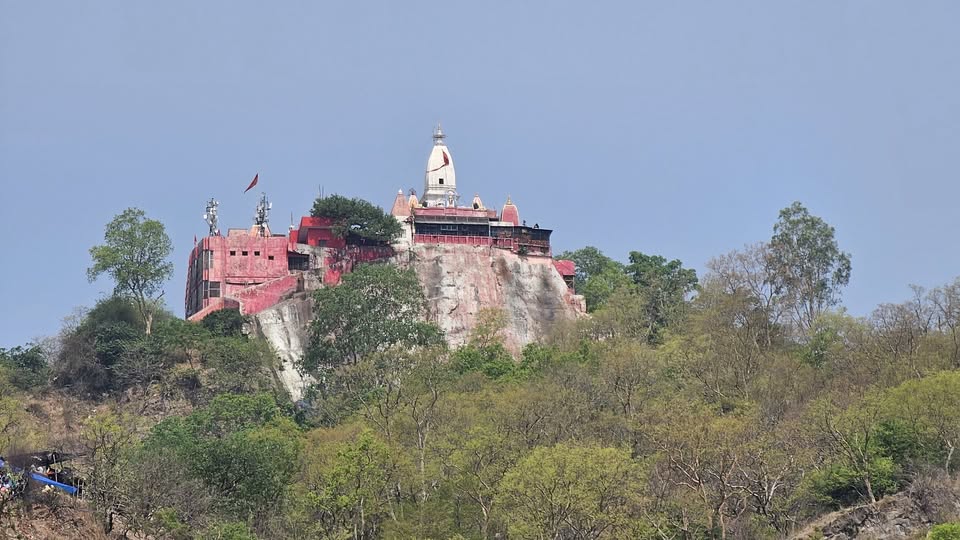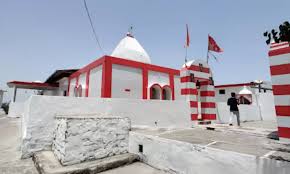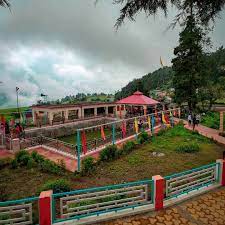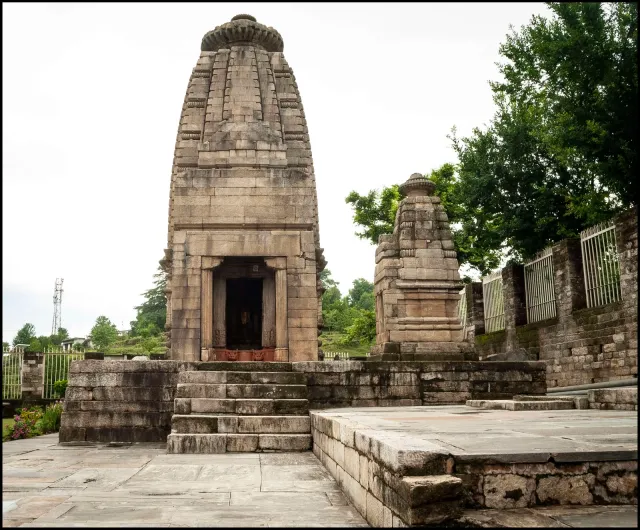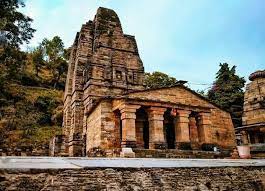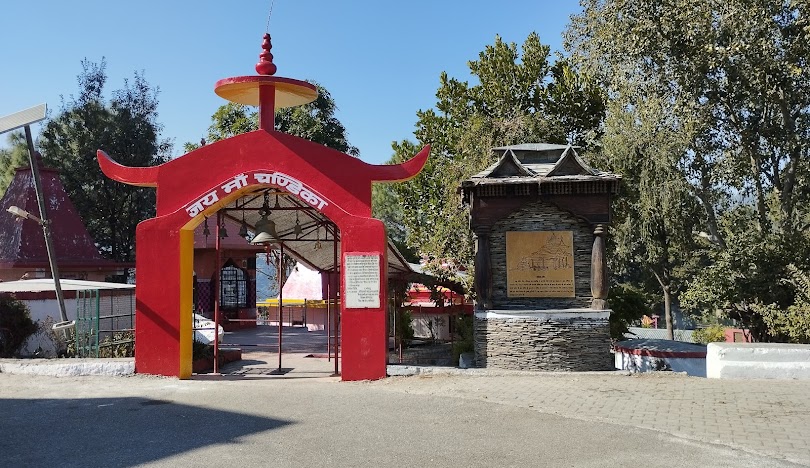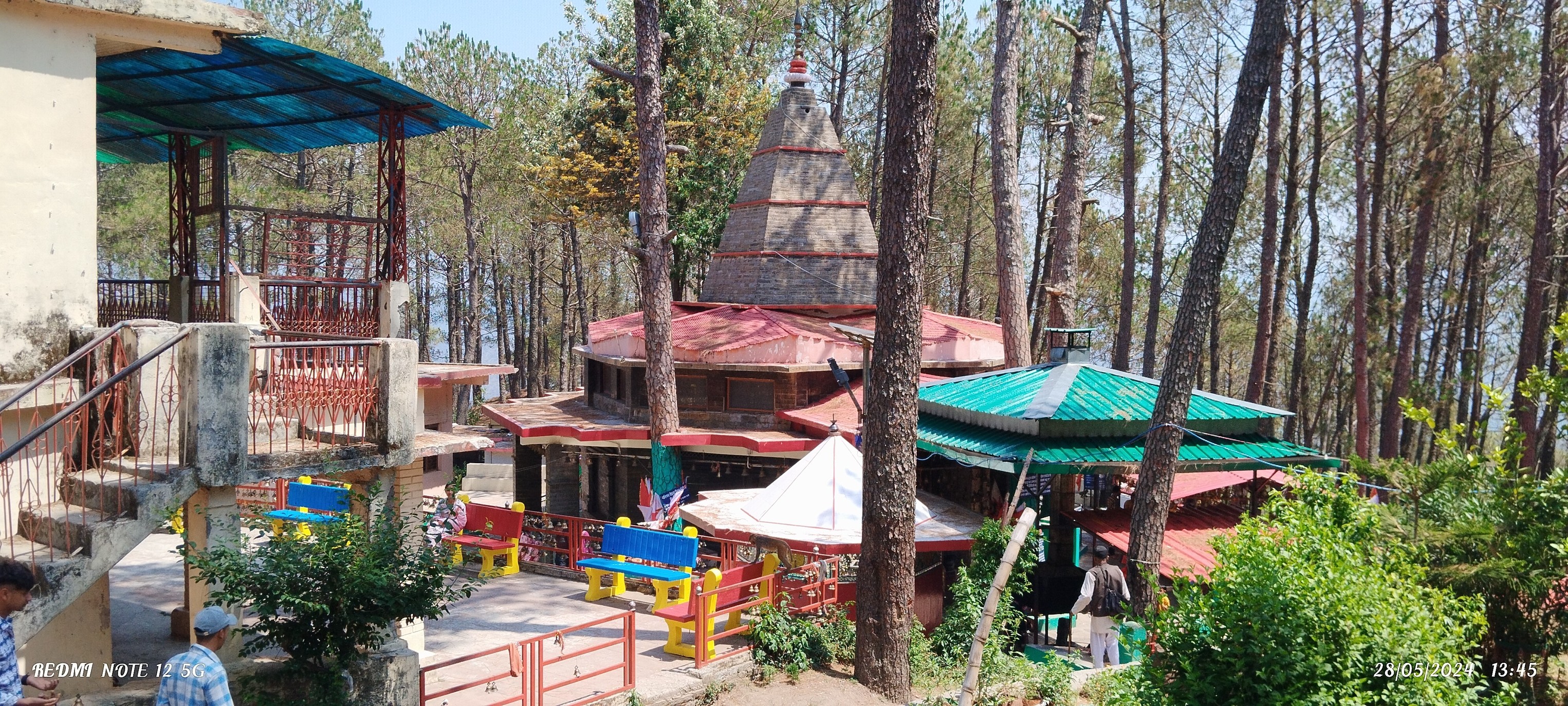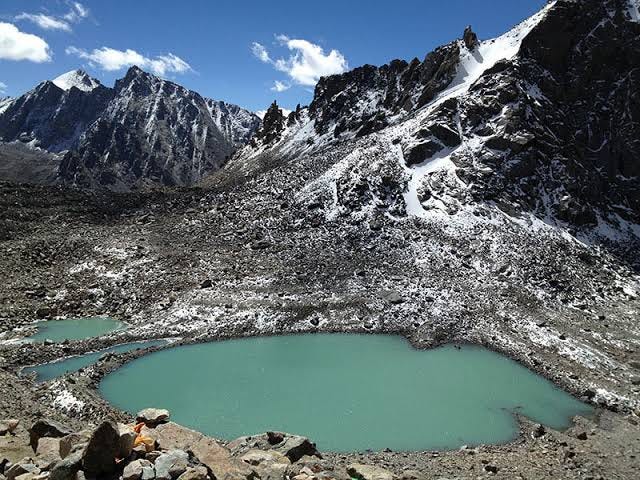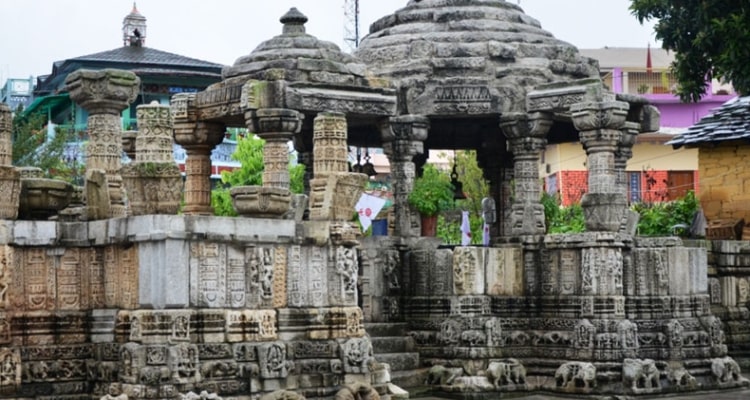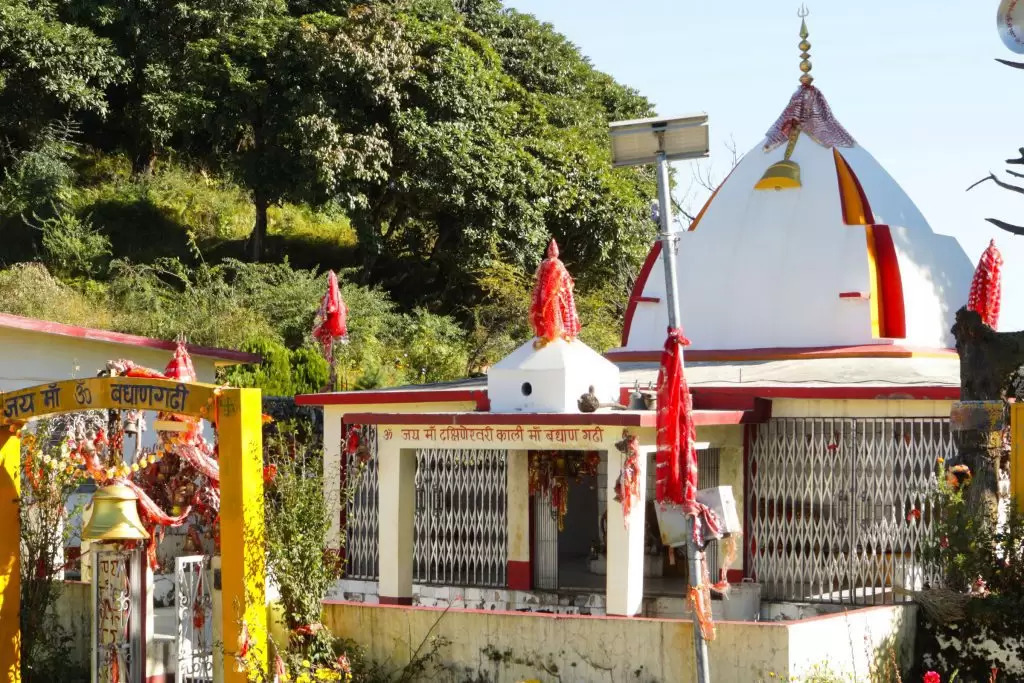On the jap hill of Haridwar, called बिल्व पर्वत, sits the temple of माँ मनसा देवी. From the ground below, the shrine looks small, perched in opposition to the sky, but once you stand there, the world opens up huge. The गंगा spreads like a silver thread across the plains, and the gang of Haridwar looks as if shifting dots a long way beneath.
For centuries, this temple has been the location where humans carry their मनोकामनाएँ, their private desires. Some tie threads, a few fold hands, a few truly near their eyes and whisper. Faith right here moves quietly, however strongly, like the river it overlooks.
Who is Mansa Devi
The goddess मनसा is believed to be a रूप of शक्ति, born from the मन of भगवान शिव. Her call itself method “desire” or “choice.” In every tale, she is proven as the one who listens and presents needs to her devotees.
In Haridwar, where the Ganga itself flows as माँ, her presence feels doubled. One mother is the river, any other is देवी, both believed to preserve and heal what people bring with them.
The Climb and the Ropeway
Reaching the temple is a part of the experience. You can walk up a steep, winding route that snakes through timber, or you can take the उड़नखटोला, the ropeway.
The stroll has its own rhythm. Devotees chant “जय माता दी,” shopkeepers promote फूलमाला and नारियल alongside the way, and monkeys leap from department to department, waiting to grab prasād if you’re not cautious. The climb takes time; however, each flip offers you a new glimpse of the गंगा shimmering underneath.
The ropeway, alternatively, lifts you quickly. Up in a small cabin, you rise above Haridwar, the city spreading under your feet. Children laugh, elders sit quietly, and in minutes, you land right at the temple gate. Both ways carry their own charm, and many choose one going up and the other while coming down.
First Glimpse at the Shrine
The temple courtyard is often crowded. Pilgrims stand with baskets of flowers, red chunri, and नारियल. Bells ring, priests call out, and the sound of भजन mixes with the chatter of visitors. Yet inside, when you step before the murti of माँ मनसा, stillness takes over.
Her idol, adorned with flowers, stares calmly and steadily. Devotees bow, some with folded hands, some with tears in their eyes. Many tie a लाल धागा on the sacred tree nearby, believing their wish will be granted. When it comes true, they return to untie the thread in gratitude.
Stories Around the Temple
Locals say that Mansa Devi listens to every मनोकामना, but only those made with a clean heart. It is said that once a devotee wished for wealth to cheat his brother, but his prayer was not answered. Another prayed simply for his child’s health and returned with bells to offer when his wish was fulfilled.
Over time, thousands of such stories have become part of the temple’s walls. They are not written like at Chitai Golu Devta Mandir, but carried in the voices of people. Faith grows in retelling.
The Flow of Devotion
Morning is the best time to visit. The aarti begins early, with lamps glowing in the half-light and the sound of conch shells echoing across the hills. The fragrance of धूप rises, and chants of “जय माता दी” roll through the courtyard.
During Navratri, the temple overflows. Haridwar itself feels like it is moving uphill. Devotees climb in endless lines, carrying offerings, their voices filling the air. For nine days, the energy is unmatched, every corner of the hill vibrating with faith.
What You See From the Hill
Step outside after darshan, and the view can stop you in your tracks. The गंगा curves through Haridwar, temples gleam along her banks, ghats stretch like stone steps into the river. You see Har Ki Pauri from above, lamps flickering in the water if you stay till evening.
The wind at that height feels different. It carries both the smell of incense from the temple and the raw scent of river and earth. Many sit quietly on the steps just to watch the world below, letting the noise of the city turn small and distant.
Rituals and Offerings
Inside, the offerings are simple. नारियल, फूलमाला, लाल चुनरी, and sometimes sweets. But the act of tying the धागा has become the most personal ritual. Each thread is a private conversation between devotee and goddess.
Priests guide the darshan with discipline, but nothing feels heavy. The rhythm of entry, offering, and exit has been carried out for centuries, and it moves like a steady tide.
Why People Keep Coming
Faith is not about logic here. Some people return year after year, tying new threads, untying old ones, keeping their bond alive. For others, it is their first climb, their first prayer at the feet of माँ मनसा. Yet everybody leaves carrying something again, sometimes peace, from time to time courage, on occasion just the strength to watch for their want to spread.
The temple isn't just a sacred area, but also a reminder. Wishes can also or might not come true, but talking them out, tying them with consideration, creates a wish. And that is regularly sufficient to keep on foot.
What You Carry Back
When you go away from the temple, you bring more than prasād wrapped in paper. You carry the picture of the देवी’s face, regular and calm. You convey the sound of bells echoing within the courtyard, the odor of incense that lingers in your garments, and the sight of a red thread tied with hope.
On the other hand, the town appears distinct. Haridwar is still loud, still crowded, but in your chest, there is a quietness. It feels like माँ heard you. Maybe she will answer soon, maybe later. But the faith that she listened to is already a gift.

